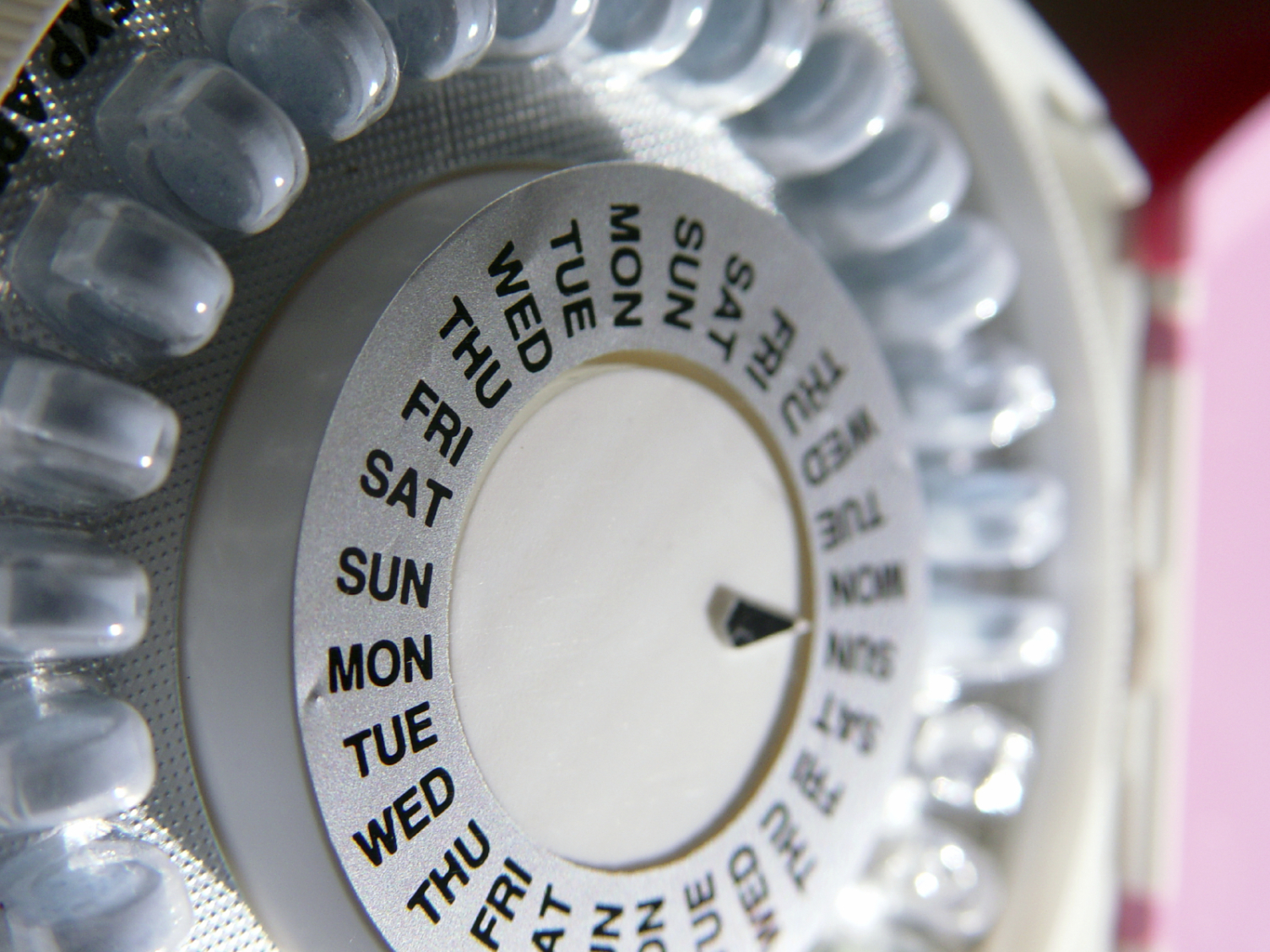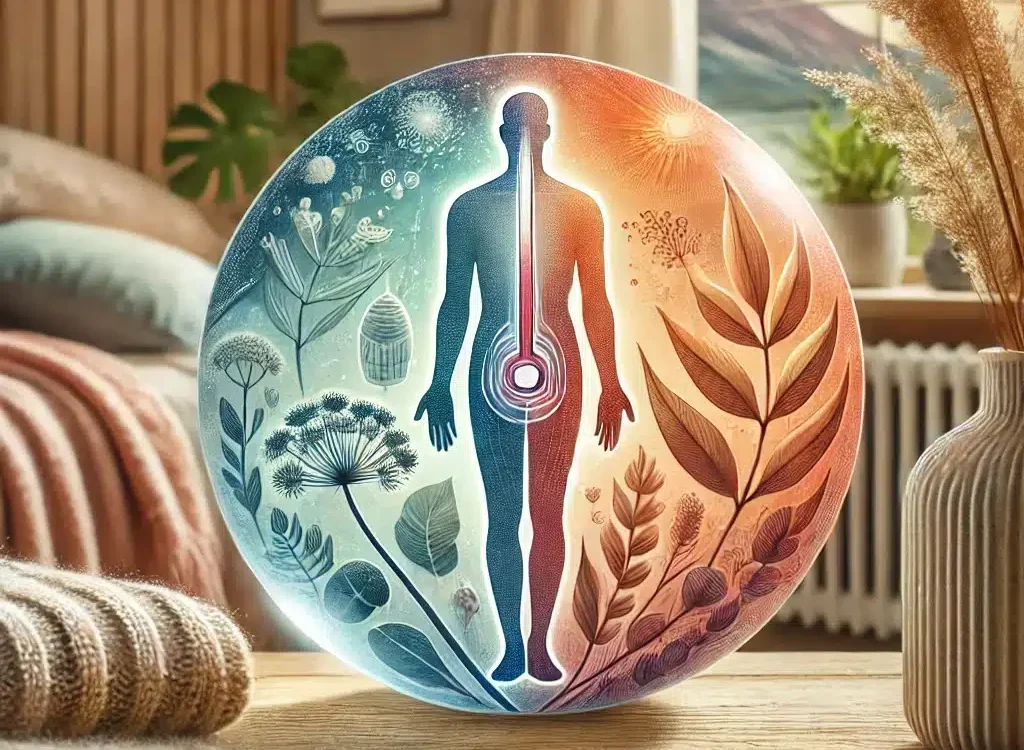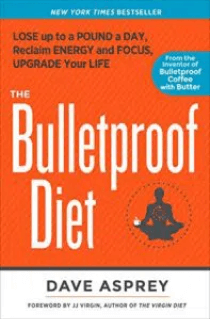
The FDA approved the first oral contraceptives in 1960, and since then women have had their pick of more than a dozen different hormonal birth control options. That reversed the Comstock Law of 1873, which made it a crime to distribute information or materials related to contraception [1]. We’ve certainly come a long way since then, but at what cost to your health? Hormonal birth control often has unwanted side effects and can affect a lot more than fertility. That’s not Bulletproof, and it begs the question: can you upgrade your birth control? Yes, you certainly can. Let’s talk about the pitfalls of hormonal birth control and what you can do to avoid them.
Menstrual suppression and withdrawal bleeding
Oral contraceptives use varying doses of synthetic estrogen and progesterone to interfere with your natural hormone cycles and “trick” your body into thinking it’s constantly pregnant.
When your body thinks it’s constantly pregnant it suspends your normal ovulatory cycle, making it nearly impossible to get pregnant. Unfortunately, it also introduces something called withdrawal bleeding [2]. If you get a “period” while you’re on birth control, don’t be fooled. It’s not actually a period – it’s a slight softening in the uterine lining one week per month– just enough to cause some light bleeding.
You see, when you override your natural cycle with hormonal birth control, there’s no biological reason for you to bleed. But when the creators of the pill were designing its use, they decided that the drug would be more widely accepted if women continued to experience a monthly flow. That was the 1960s. Today, more women are choosing to forgo periods altogether by skipping the placebo pills in their pack, a practice called menstrual suppression.
Either way, menstruation hasn’t been studied long enough for us to know the long-term implications of things like menstrual suppression [3]. Some scientists hypothesize that menstruation may have other purposes, like defending against sperm-borne pathogens or other immunological functions, as well as keeping iron levels balanced. [4] Others suggest that ovulation and menstruation support heart, bone, and breast health. A regular monthly cycle is also an indicator of overall health and hormone balance. In fact, irregular periods can be the first sign of chronic stress, disease, hormone imbalance, and infertility.
Hormonal contraceptives increase oxidative stress, too
Oral contraceptives diminish vitamin, mineral, and antioxidant stores while simultaneously promoting oxidative stress [5,6]. This destructive metabolic cocktail can leave women nutrient depleted and at risk for inflammatory conditions like heart disease and cancer [7].
Synthetic hormones in oral contraceptives also have been shown to increase sex hormone binding globulin (SHGB), a hormone transport protein that makes sex hormones available throughout the body [8]. A rise in SHGB often decreases your available testosterone and thyroid hormones, which can diminish energy, mood, digestive function, and a healthy sex drive [9]. Altered SHGB, testosterone, and thyroid hormones could be one reason why women on hormonal birth control report significantly higher rates of depression than those who aren’t taking the pill [10].
Studies have also found that the pill impairs glucose tolerance and increase systemic inflammation, which can lead to unwanted weight gain and depression [11].
TL;DR: you probably don’t want this stuff messing with your hormones.
Upgrade your birth control
Making a decision about birth control is tricky. Ideally it’s realistic, convenient, affordable, and good for your body. Here are a few safe alternatives to the pill and other synthetic hormonal options out there. There’s a method and a science behind the body’s ability to make babies, and with some badass tools and a little work, you can hack the process.
- Fertility Awareness Method (FAM): Also called the “rhythm method” or natural family planning, FAM is based on tracking your ovulation to figure out when you’re fertile. Avoid sex on and around ovulation days or make sure to use a condom to prevent pregnancy. This one isn’t as foolproof as some other methods, so treat it with care.
- Fertility Calculators: Fertility calculators or monitors learn and track your cycle for you, usually according to your temperature, to plan or prevent pregnancy. This is along the same lines as FAM.
- Male/female condoms: Creating a physical barrier during sex to prohibit pregnancy and STIs may be hundreds, even thousands of years old. Early condoms were made from things like fish bladders and animal intestines. Today you can find a wide variety of condoms. Latex is the most effective option. Avoid sheepskin condoms; they’re porous enough that some STIs can still get through.
How to rebalance your hormones
Hormonal birth control can have long reaching affects, taking months, or even years to re-regulate. Add these tools to your hormone hacking arsenal to get back to your flourishing self.
- Heal your gut. Cut out processed foods, added sugars, and potentially harmful toxins to promote gut health. High fiber foods, fermented vegetables, bone broth, and added digestive enzymes all help to heal and seal the lining of the gut so it can do its job – break down and absorb nutrients.
- Boost your nutrient stores. Nutrients like B vitamins, zinc, selenium, phosphorus, and magnesium are all compromised after OC use. Consider supplementation on top of a nutrient-dense diet to maximize nutrient stores. Taking antioxidants like vitamins E, C, and glutathione also can help battle the oxidative stress associated with oral contraceptive use.[12]
- Support your liver. The liver helps you to detoxify excess hormones and other toxins from the body and can become overwhelmed with the continuous use of birth control. Food like wild fish and avocado provide hormone balancing protein and fats, not to mention oxidative stress-battling omega-3 fatty acids and glutathione.[13,14] Cruciferous vegetables like broccoli, kale, and cabbage promote enzyme production in the liver, which aids in detoxification.[15]
- Rebuild flora. Birth control may change the makeup of the microbiome, leading to changes in bacteria of the vagina as well, which can lead to chronic yeast infections. A good probiotic supplement will help to support the proliferation of healthy flora throughout the body.
- Use herbal support. Herbs like vitex and maca root support your body’s hormonal feedback loop. Vitex has been shown to help regulate ovulation and support both the luteal and the follicular phases of menses.[16] Maca supports the endocrine system to encourage overall hormone balance, especially during times of stress.[17]
- Reduce stress. Adopting stress reduction practices like exercise, meditation, or play will improve sleep quality and help to balance hormones by supporting the hypothalamus-pituitary-adrenal (HPA) axis.
Talk to your doctor about ditching the pill to support overall performance. Keep in mind that it can take up to a year to correct some of the damage done by the pill, including regaining your sex drive! Be patient and treat your body well. Thanks for reading, and subscribe below if you want more info on how to hack your diet, hormones, mental clarity, energy, and performance. Have a great week!
[expand title=”Click to read the complete list of references.” swaptitle=”Click to hide references.”]
[1] http://legal-dictionary.thefreedictionary.com/Comstock+Law+of+1873
[2] http://www.ncbi.nlm.nih.gov/pmc/articles/PMC2621397/
[3] http://journals.lww.com/coobgyn/Abstract/2005/10000/Extended_cycle_hormonal_contraception_in.4.aspx
[4] http://www.ncbi.nlm.nih.gov/pubmed/20173293
[5] http://www.ncbi.nlm.nih.gov/pubmed/22224344
[6] http://www.ncbi.nlm.nih.gov/pmc/articles/PMC3530309/
[7] http://www.ncbi.nlm.nih.gov/pubmed/3287933
[8] http://www.ncbi.nlm.nih.gov/pubmed/?term=16409223
[9] http://www.ncbi.nlm.nih.gov/pmc/articles/PMC1800460/
[10] http://www.ncbi.nlm.nih.gov/pubmed/17688380
[11] http://www.ncbi.nlm.nih.gov/pubmed/?term=22811306
[12] http://www.ncbi.nlm.nih.gov/pubmed/?term=22494786
[13] http://www.ncbi.nlm.nih.gov/pubmed/10905544
[14] http://www.ncbi.nlm.nih.gov/pmc/articles/PMC3664913/
[15] http://www.ncbi.nlm.nih.gov/pubmed/11446830
[16] http://www.ncbi.nlm.nih.gov/pubmed/23136064
[17] http://www.ncbi.nlm.nih.gov/pmc/articles/PMC3614604/
[/expand]









